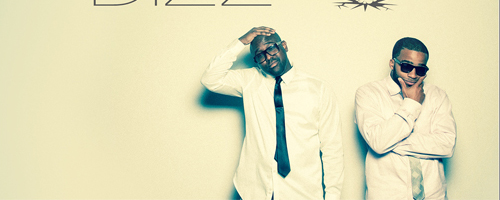Doctor embrace ancient medicine
Students have long studied for doctoral degrees in philosophy and medicine, but never before for a doctorate in acupuncture.
No recognized learning institution in the United States has ever offered such a course. But this year, Bastyr University in Kenmore, Wash., plans to offer a DAOM – a Doctorate in Acupuncture and Oriental Medicine. An alternative college in Portland, Ore., has similar plans.
The new degree will give more credibility to a treatment that is increasingly accepted and embraced as a companion to conventional medicine, said Terry Courtney, the program chairman. It also will open research opportunities and the chance for students to specialize within their field.
The program is expected to get accreditation from a national board that oversees Oriental-medicine education. It would not be considered a medical degree or give graduates the same privileges as medical doctors, such as the ability to prescribe drugs. It would be up to each state to decide whether to allow graduates to put “Dr.” before their names.
Jasmine Patel, 27, of Kenmore plans to apply for the new course. She is completing a residency at Bastyr’s acupuncture and herbal clinic in Wallingford, Wash.
Patel said the new degree will give her more training and the ability to explore the academic and teaching aspects of her field. She said she prefers the natural approach of acupuncture and herbal medicine to what she sees as traditional medicine’s focus on symptoms.
“It’s a more holistic-based therapy and more healing,” she said. “It gets to the root of the problem.”
Acupuncture remains most well known for its help with pain relief, especially for sports injuries. Courtney said it can treat a host of other internal medical conditions and that federally funded drug-rehabilitation programs throughout the country use acupuncture to help reduce cravings among recovering drug addicts.
Acupuncture still is shunned in some areas, particularly the Midwest.
Nine states do not recognize acupuncture, making practitioners more vulnerable to lawsuits. An additional 11 states require physician oversight or referral. The remaining 30 states recognize acupuncture as a legitimate, independent profession.
A typical acupuncture treatment involves a practitioner inserting up to a dozen needles about one-quarter of an inch below the skin surface for about 30 minutes. Treatments are repeated once or twice a week for up to six weeks.
“We are still not really sure how it works,” Courtney said. “It opens channels and gets things moving. It works where there is an imbalance of energy pathways.”
In China, patients have sworn by acupuncture for 2,500 years. The treatment has gained popularity in the U.S. since the 1960s and got a big boost six years ago when the Food and Drug Administration removed certain restrictions, allowing patients to claim health-insurance reimbursements.
Bastyr has become one of the leading institutions in alternative medicine since it began 25 years ago, and has 220 students studying acupuncture. Many, like Patel, graduate with a master’s degree in science.
Courtney said she expects about six students to begin the 30-month doctoral course this fall. Candidates must already have a master’s degree or the equivalent. The new course will focus on ways to manage the side effects cancer patients experience while receiving conventional treatments.
Students will study at hospitals in China, Courtney said. They also will rotate through the Seattle Cancer Treatment and Wellness Center, which uses traditional methods such as chemotherapy alongside acupuncture.
“This is a significant step forward in the mainstreaming of acupuncture,” said James Whorton, a medical-history professor at the University of Washington, who has written a book on alternative medicine.
“It will be interesting to see how much more collaboration there will be between orthodox medical schools and Bastyr. It is an interesting bridge that is being built.”



